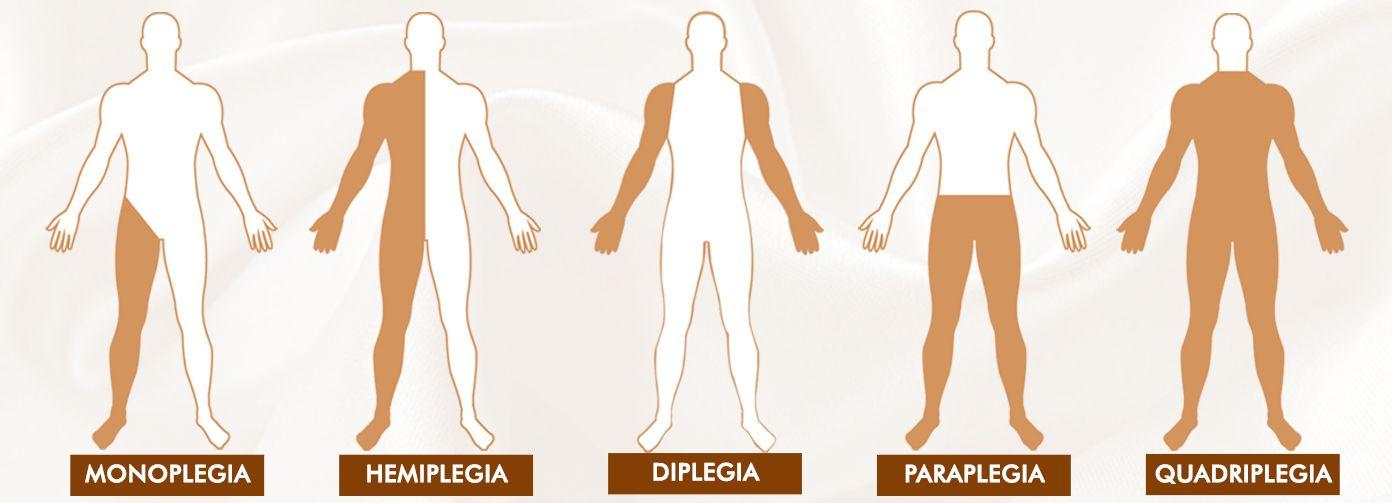Paralysis
Paralysis is the loss of muscle function in part of the body and may be accompanied by sensory loss. It can result from damage to the nervous system. There are different types of paralysis, each with its own set of symptoms:
Types of Paralysis:
- Monoplegia: Paralysis of one limb, often an arm or leg.
- Hemiplegia: Paralysis on one side of the body, affecting an arm and a leg on the same side.
- Paraplegia: Paralysis of both legs and, in some cases, part of the trunk.
- Quadriplegia (Tetraplegia): Paralysis affecting all four limbs and the trunk.
- Diplegia: Paralysis that affects the same area on both sides of the body, like both arms or both legs.
Symptoms of Paralysis:
- Muscle Weakness: Gradual or sudden loss of strength in affected muscles.
- Loss of Sensation: Decreased or absent feeling in the affected area.
- Inability to Move: Difficulty or inability to move the affected body part voluntarily.
- Spasticity or Rigidity: Increased muscle tone, leading to stiffness and spasms.
- Impaired Coordination: Difficulty in coordinating movements, making tasks like walking or grasping objects challenging.
Causes of Paralysis:
- Stroke: A common cause of hemiplegia or paralysis on one side of the body, often resulting from a blocked or ruptured blood vessel in the brain.
- Spinal Cord Injury: Trauma to the spinal cord can lead to paraplegia or quadriplegia, depending on the level of injury.
- Neurological Conditions: Disorders such as multiple sclerosis, cerebral palsy, or ALS can cause paralysis.
- Peripheral Nerve Disorders: Conditions like Guillain-Barré syndrome or peripheral neuropathy can lead to muscle weakness and paralysis.
- Brain Tumors: Tumors affecting the brain may compress or damage neural pathways, causing paralysis.
The impact of paralysis varies based on its type and underlying cause. Rehabilitation, physical therapy, and assistive devices are often used to manage symptoms and improve quality of life for individuals with paralysis. Treatment plans are tailored to the specific needs of the individual and the nature of their paralysis. Early intervention and ongoing support can significantly contribute to the rehabilitation process.

